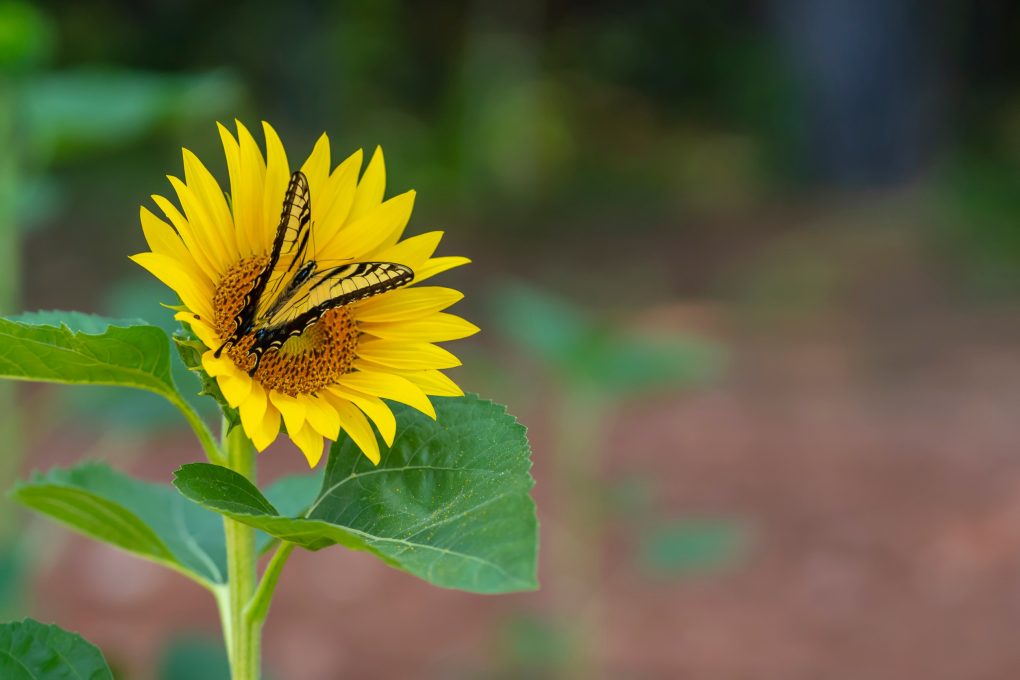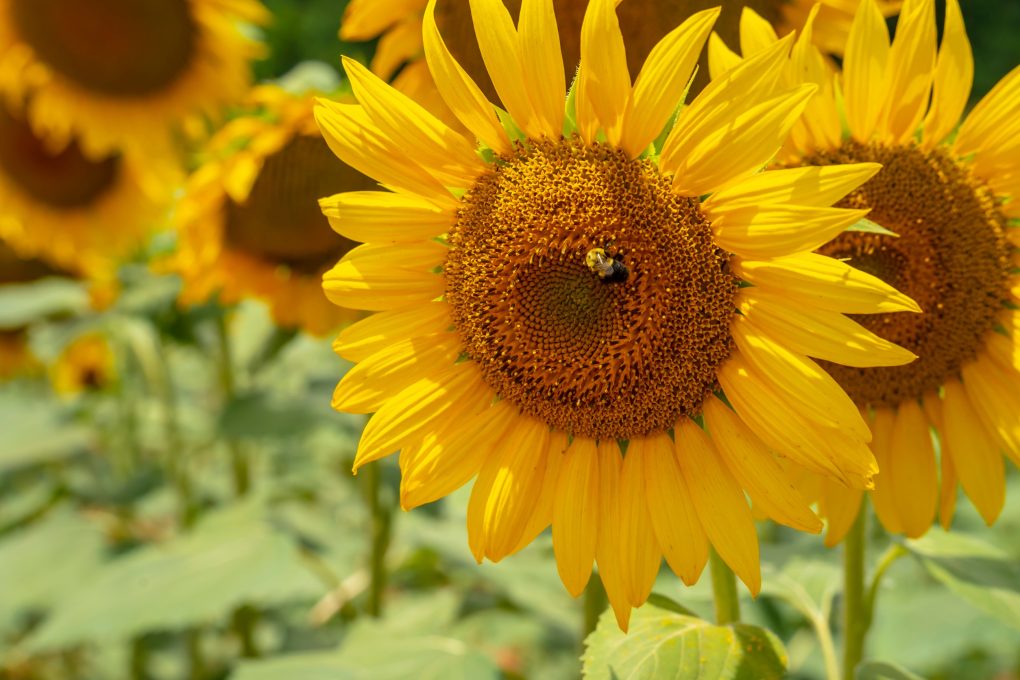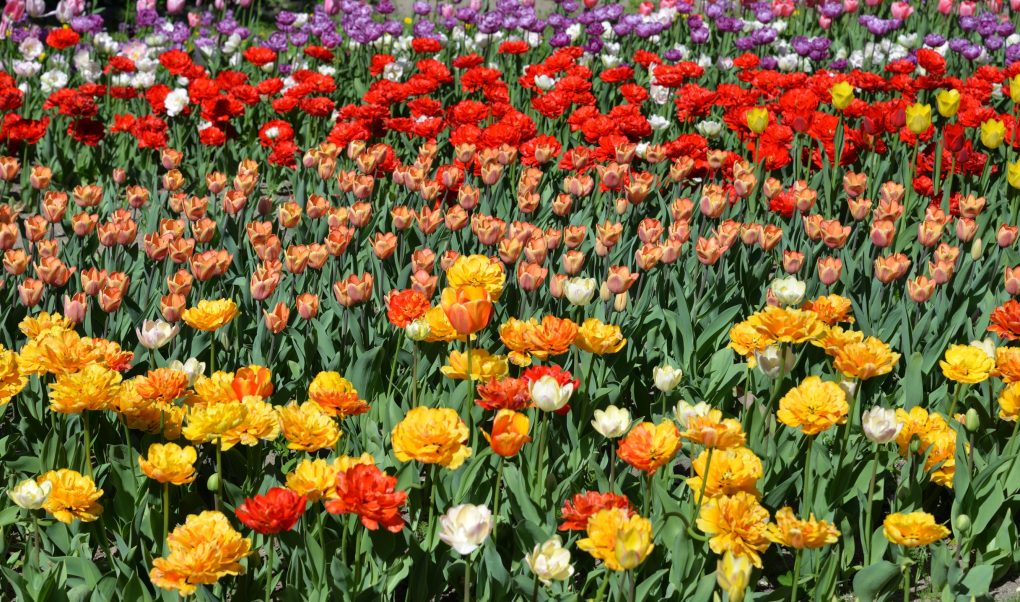Do Sunflowers Have Nectar: Exploring the Nectar Production of Sunflowers
Yes, sunflowers produce nectar. The nectar is located in the center of the flower, within the disc florets, and the smaller flowers are in the middle of the sunflower head. The nectar of sunflowers is primarily consumed by bees, including honey bees and native bees, as well as other pollinators, such as butterflies and moths. Therefore, the nectar of sunflowers is important as a food source for these pollinators.

Table of Contents
All About Sunflower
Background
According to the New World Encyclopedia, sunflowers are scientifically known as Helianthus annuus. They are large, showy flowers native to North and Central America, and are members of the Asteraceae family, one of the largest flowering plants in the world.
Based on observation, sunflowers are known for their bright petals and large, round seed heads, used in cooking and oil source. Understanding the anatomy of a sunflower can help you appreciate these beautiful plants even more.
Flower Structure
The sunflower is a composite flower, which is made up of many small flowers grouped to form a larger structure. The outer layer of the sunflower is made up of large, yellow petals arranged in a circular pattern around the central disk.
These petals are called ray flowers and are sterile, meaning they do not produce seeds. The central disk of the sunflower is made up of many small, tightly packed flowers. These flowers are called disc flowers, and they are the ones that produce the seeds.
Reproductive Organs
The reproductive organs of the sunflower are located in the central disk of the flower. The male reproductive organs are called stamens, consisting of a filament and an anther, and the anther is part of the stamen that produces pollen.
The female reproductive organs are called pistils, comprising a stigma, style, and ovary. The stigma is the part of the pistil receiving the pollen, and the ovary is the part containing the ovules, which will eventually become the seeds.
When a bee or other insect lands on a sunflower to collect nectar, it inadvertently brushes against the anthers and picks up some pollen. As it moves from flower to flower, it transfers the pollen to the stigmas of other flowers, allowing fertilization to occur. This fertilization process eventually produces sunflower seeds, prized for their oil and nutritional content.
Reasons Why Bees Visit Sunflowers

Nectar
Nectar is a sweet, sugary liquid produced by plants in specialized structures called nectaries. Nectar serves as a reward for pollinators such as bees, butterflies, moths, and hummingbirds, which feed on it for energy. In return for the nectar, these pollinators transfer pollen from one flower to another, helping fertilize the flowers and ensure the production of seeds.
Nectar contains various sugars, including sucrose, glucose, and fructose, as well as amino acids, vitamins, and other nutrients. The composition of nectar can vary among different plant species and can be influenced by environmental factors such as temperature, humidity, and light. Nectar is an important resource for many organisms and is key to ecosystem functioning.
Pollen
Pollen is a fine, powdery substance produced by the male reproductive organs of flowering plants. Pollen contains the male gametes, or sperm cells, necessary for fertilizing the female reproductive organs of the same or a different plant. Pollen is produced in the anthers located at the tip of the flower’s stamen.
Bees play an important role in transferring pollen from one flower to another, which is essential for fertilizing and reproducing many plant species, including sunflowers. When bees visit a flower to collect nectar, they inadvertently pick up pollen on their bodies, which is then transported to the next flower they visit. Then, as bees move from flower to flower, they transfer pollen, which allows for cross-pollination between plants.
Pollen is also an important source of protein for bees. They collect pollen from flowers and return it to their hives, where it is stored and used as food for the bee larvae. Sunflowers produce large amounts of pollen, making them an attractive food source for bees.
Navigation
Navigation is an important factor that influences the ability of bees to locate and collect nectar and pollen from flowers, including sunflowers. In addition, bees have several mechanisms that help them navigate in their environment, including visual cues, odor cues, and spatial memory.
When searching for flowers, bees use their visual senses to detect the flowers’ color, shape, and pattern. Sunflowers have large, bright yellow petals that make them easily visible to bees, even from a distance. The sunflower’s center, where the nectar and pollen are located, is dark and contrasts the bright petals, making it easy for bees to spot.
Bees also use odor cues to locate flowers. Sunflowers produce a pleasant scent that can attract bees from a distance, making it easier for them to find the flowers.
Attraction
Sunflowers are highly attractive to bees due to their bright colors and the large quantities of nectar and pollen they produce. The bright yellow petals of sunflowers are highly visible to bees and serve as a visual cue that the flower is a good source of nectar and pollen. Additionally, sunflowers produce many small flowers arranged in a circular pattern, making it easy for bees to access the nectar and pollen.
The nectar produced by sunflowers is highly attractive to bees because it is high in sugar content, which provides bees with the energy they need to fly and forage for food. The pollen produced by sunflowers is also highly nutritious and provides bees with protein essential for their larvae’s growth and development.
Sunflowers are also highly attractive to other pollinators, such as butterflies, moths, and hummingbirds, due to their bright colors and abundant nectar and pollen. In addition to providing food for pollinators, sunflowers also provide shelter and nesting sites for a variety of beneficial insects, such as ladybugs, lacewings, and parasitic wasps, which can help to control pest populations in the garden.
Other Flowers That Attract Bees

In addition to sunflowers, many other flowers attract bees to your garden. Here are a few examples:
- Lavender: Lavender’s beautifully scented blooms attract bees to its nectar-rich flowers and, throughout the summer months, can be heard buzzing with activity.
- Black-eyed Susans: These long-lived flowers will fill your garden with bright colors without ever needing to be replanted. They are a favorite of bees and other pollinators.
- Anise Hyssop: This mid-season flower is a bee magnet and produces spikes of lavender-blue flowers that bloom from mid-summer to early fall.
- Coneflowers: Also known as echinacea, coneflowers are popular for attracting bees to your garden. They come in a variety of colors and bloom from mid-summer to fall.
- Milkweed: Milkweed is a favorite of monarch butterflies, but it also attracts bees with its sweet nectar. The flowers bloom from mid-summer to fall and come in various colors.
When choosing flowers for your garden, selecting various flowers blooming at different times throughout the growing season is important. This will ensure a steady supply of nectar for bees and other pollinators. Additionally, choose native plants whenever possible, as they are often better adapted to your local climate and soil conditions.
